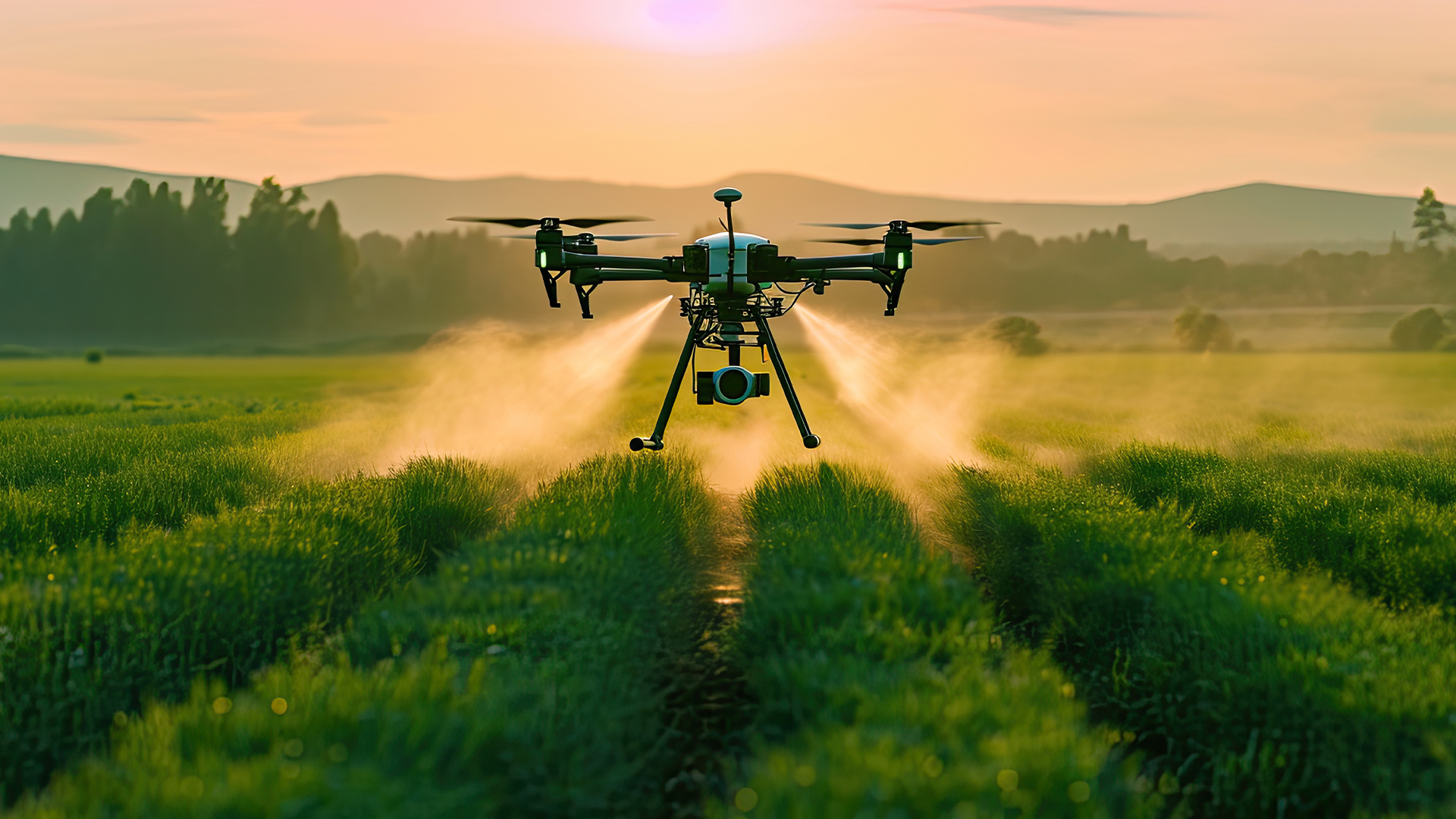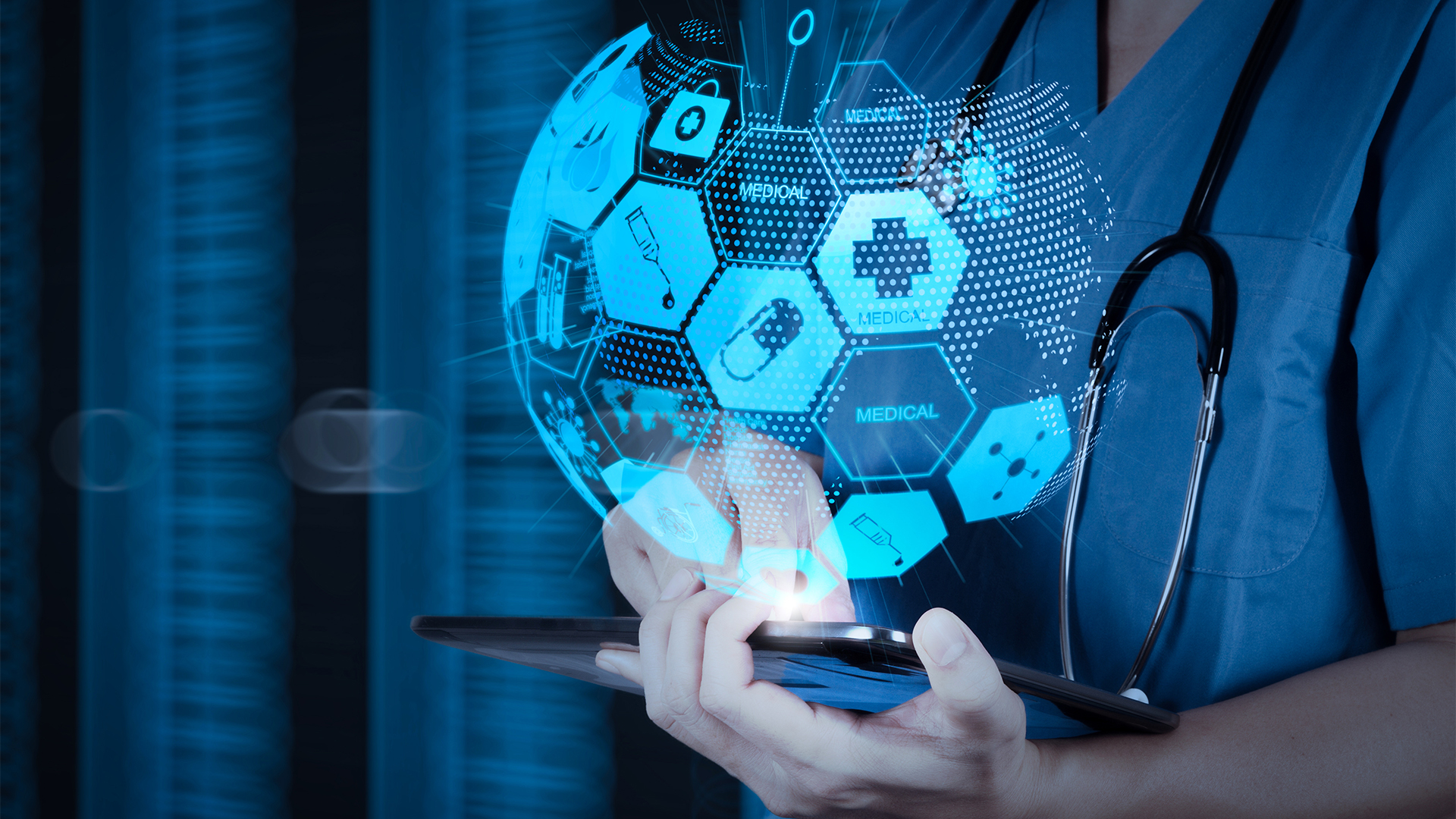Healthcare inflation is a serious concern that has been rising every year. In fact, inflation in the healthcare sector outpaces almost every other type of inflation around the globe. As an example of this, health and medical care costs have increased by a cumulative 110.3% compared to the CPI-U’s (Consumer Price Index for Urban Consumers) 71% from mid 2000.
Access to affordable healthcare is essential for individuals and communities to thrive. Fortunately, advancements in technology have the potential to address this issue. With the help of automation, data-driven systems, and AI, healthcare can become more affordable.
In this article, we’ll look into six different ways that technology can—and is already starting to—contribute to reducing healthcare costs and improving accessibility for everyone. Regardless of their income or socioeconomic standing.
Remote Patient Monitoring And Telemedicine
Telemedicine is the remote treatment and diagnosis of health issues. It became popular during the pandemic, and has since emerged as a game-changer in the delivery of healthcare services.
By allowing patients to receive medical consultations remotely, it eliminates the need for in-person visits. This reduces associated costs, such as transportation, time off work, and other general expenses. Telemedicine also enables remote patient monitoring, making it easier and less costly for medical practitioners to treat patients at a distance.
This technology allows for the early detection of common health issues, preventing pricey hospitalisations and allowing for more patient schedule flexibility.
Implementation of Electronic Health Records (EHRs)
The adoption of electronic health records (EHRs) has already transformed healthcare admin systems and documentation. EHRs improve the efficiency and accuracy of medical records while reducing the high administrative costs associated with paper-based systems.
With easier, faster access to digital patient records, healthcare providers can make more informed decisions, streamline productivity, and avoid unnecessary procedures.
EHRs also go hand in hand with telemedicine. They enable the streamlined sharing of patient data among healthcare professionals, leading to better coordination and cost savings.
Wearable Devices And Health Apps
The proliferation of health apps, like app development c++ and wearable devices has empowered individuals to take charge of their own health. These technologies help individuals track their vital signs, monitor fitness levels, manage chronic conditions, and adopt healthy lifestyle choices.
By promoting preventive care and early intervention, health apps and wearables can also potentially reduce healthcare costs associated with chronic diseases. Additionally, these technologies encourage patient engagement and self-management, leading to improved health outcomes and reduced healthcare expenses in the long run.
3D Printing
3D printing technology has the potential to transform traditional healthcare supply chains. Particularly in the area of medical device production, prosthetics, and customised implants.
By enabling case-by-case manufacturing, 3D printing almost completely nullifies the need for expensive inventory management and the transportation of wasted medical supplies.
Furthermore, it allows for the personalisation of crucial medical devices. This ensures a more comfortable fit and can even reduce the need for multiple procedures. The affordability and accessibility of 3D printing has the potential to democratise healthcare by providing low-cost alternatives and lowering the financial burden on patients.
Artificial Intelligence (AI) and Machine Learning (ML)
By now, most people have heard of AI and ML—but more often in the context of media and marketing strategies. However, both these technologies have vast potential in the process of revolutionising healthcare systems.
When used in the right way, AI and ML can analyse large volumes of patient data. This allows it to identify medical patterns and provide predictive insights into future diagnoses.
AI and ML algorithms can assist in the process of diagnosing new and existing diseases, predicting treatment outcomes, and optimising healthcare resource allocation.
Blockchain Technology
Blockchain technology, known for its secure and decentralised nature, can address many of the challenges related to healthcare data interoperability and privacy. By creating an inimitable and transparent trail of medical transactions, blockchain technology can streamline administrative processes. In turn, it mitigates unnecessary paperwork and reduces the risk of data leaks.
Additionally, blockchain technology can empower patients to have greater control over their data. It can also enable seamless sharing of medical records between different healthcare providers.
Moving Towards A Healthier Future
At present, the current healthcare profit margin sits at around 8-12%. In the wake of inflation, this figure will rise in line with costs. The question is how to calculate profit margin to ensure that everyone has access to affordable medical care and suppliers can continue to offer quality services.
The answer, it seems, may well lie in technology.
The above examples are just a few ways that technology can innovate cost savings and improve healthcare outcomes.
As these technologies continue to evolve and become more widespread across the globe, it’s important to ensure that they’re implemented in a way that maximises their potential for affordability and accessibility. Balancing profits and patient health is crucial, and the more technological innovations emerge, the better the chances of doing exactly that.


















